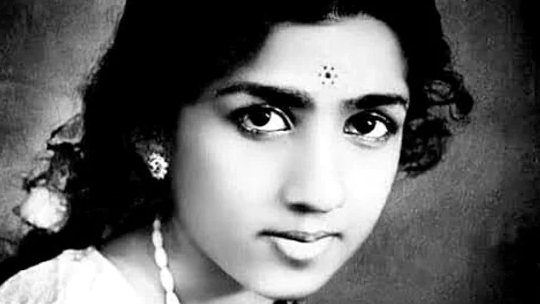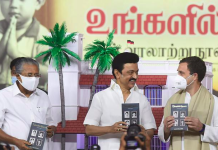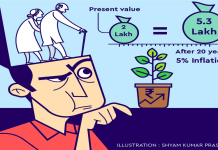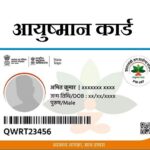In 1949, director Kamal Amrohi released his romantic Gothic thriller Mahal. There is much to celebrate in this landmark film, but perhaps its greatest gift to Hindi cinema was that it launched a 20-year-old playback singer called Lata Mangeshkar to instant stardom.
Over the next several decades, the white saree-clad figure would not only rule the film industry and listeners’ hearts, she would also become the undisputed voice of the nation, the Nightingale of India. A Lata song has probably played – and will continue to play — every minute of the day somewhere in this country.
Lata’s rise as a playback singer is closely intertwined with the emergence of playback singing in India. The first playback song was recorded in 1935, for the Nitin Bose-directed film, Dhoop Chhaon, by music directors RC Boral and Pankaj Mullick (Main khush hona chahun, sung by Suprava Sarkar, Parul Ghosh and Uma Shashi Devi).
Before that, actors sang their own songs on set and the musicians played on set too, often hidden behind trees and other props. Not all actors could sing, but great singing stars such as KL Saigal and Noorjehan enjoyed massive popularity.
But as India became independent, the playback song too was on the brink of making history. And as often happens, fate played a role: Noorjehan went to Pakistan, leaving behind a huge void. That void was filled by Lata Mangeshkar.
Though technically she recorded her first Hindi film song in 1946 for Jeevan Yatra, it wasn’t till Mahal that playback singing – and Lata Mangeshkar – really came into their own. Lata’s name was not mentioned on the music record of Mahal as the singer of Aayega Aanewala; the film’s standout song was credited instead to Kamini, the character played by leading lady Madhubala.
Fans clamoured for the name of the actual singer, writing scores of letters to All India Radio. Lata too pushed for recognition. The “mistake” was rectified in the next batch of records, says American music professor Jayson Beaster-Jones in his 2015 book, Bollywood Sounds, quoting film historian Rachel Dwyer.
The rise to music stardom meant that playback singers would never again be called “ghost voices” as they were referred to earlier. Beaster-Jones says the moment playback singers’ names began appearing along with recordings was “the pivotal point when playback singing was fully accepted by Indian audiences”.
And so, the foundations of playback singing were laid in the late 40s and early 50s. These years set in motion what is generally regarded as the golden age of Hindi film music. It seems only fitting that Lata Mangeshkar was a key figure in this dramatic, far-reaching transformation of the film music landscape.
Playback singing also meant that songs began getting recorded in separate venues, usually in advance, and released before the film, in order to promote it. This gave the Hindi film song an independent existence of its own, leading to its absolute dominance, and becoming the soundtrack of our lives.
Just as the camera loves great actors, the microphone loved Lata Mangeshkar’s voice. Even more incredible was her ability to sing for – and sound just right for – all sorts of leading ladies. This talent was displayed as early as Barsaat (1949), the film that further strengthened her post-Mahal star status. In composer duo Shankar-Jaikishan’s spectacular debut, she recorded songs for both the actresses in the film (Nargis and Nimmi), and her voice sounded perfect for each of them.
More hits followed in the late 40s and 50s (Andaz 1949, Awara 1951, Anarkali 1953, Shree 420 1955). And with every success, Lata Mangeshkar proved that she could sing every kind of song, from classical numbers (Mohe bhool gaye sawariya, Baiju Bawra, 1952) to exquisite ghazals (Mujh se mat pooch mere ishq mein rakha kya hai, Anarkali, 1953).
Just as she could evoke every kind of mood and emotion, from love and heartbreak to joy and grief. But her voice went far beyond that — in Mother India (1957), Lata sang Duniya mein hum aaye hain to iconic shots of Nargis pulling the yoke of a plough, toiling in the fields with her two little sons. Lata’s voice embodied nothing less than the struggles and sacrifice of the young nation itself.















